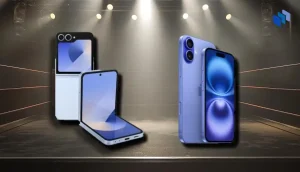What Does 3-D Stereo Technology Mean?
Three-dimensional (3-D) stereo technology (S3-D) is a technique that generates an illusion of depth in a moving image, separately displaying two offset images to the right and left eye of the observer.
The two offset images are seen as two-dimensional (2-D) to the viewer and synthesized by the brain as a single 3-D image. A 3-D moving image may be created in several ways – most, except autostereoscopic 3-D, require the viewer to wear 3D glasses.
S3D is also known as stereoscopic 3-D.
Techopedia Explains 3-D Stereo Technology
There are different techniques used to create an illusionary 3-D image with the use of lenses:
- Polarization 3-D using active polarized lenses
- Polarization 3-D using passive polarized lenses
- Anaglyph 3-D using passive red cyan lenses or with chromatically opposite colors
- Alternate-frame sequencing using active shutter lenses and special radio receivers
- Head-mounted display (HMD) using a separate display optic positioned in front of one or both eyes, some increased resolution and field of view with multiple micro-displays
Autostereoscopic 3-D display adds 3-D depth without glasses.
S3-D displays two offset images and creates a parallax, which produces a lack of equality between a set of eyes and invariably causes a stereoscopic cue to the brain. Because each eye sees something different, parallax causes retinal disparity.There are different levels of retinal disparity, depending on the level of 3-D technology used.
Some television sets can produce a 3-D effect with the use of liquid crystal display (LCD) shutter glasses that produce a stereoscopic image. Only a few high-end TVs can also produce glasses-free 3-D imagery.





